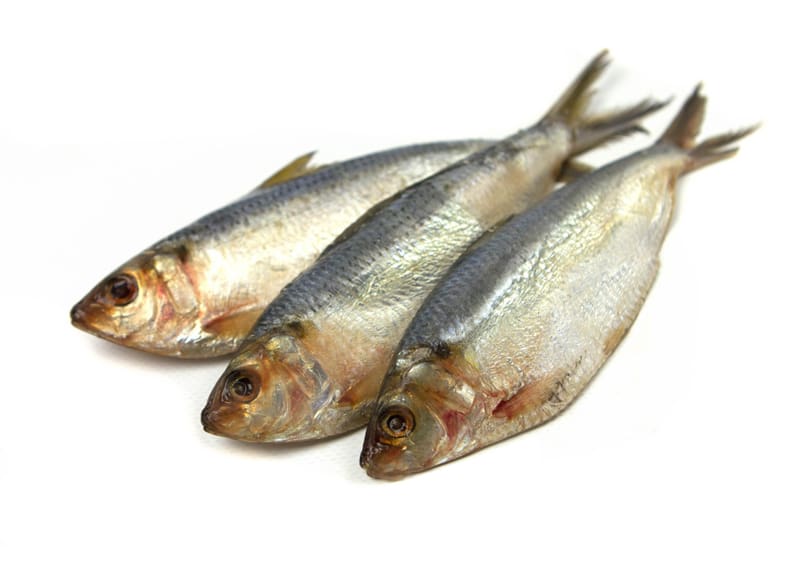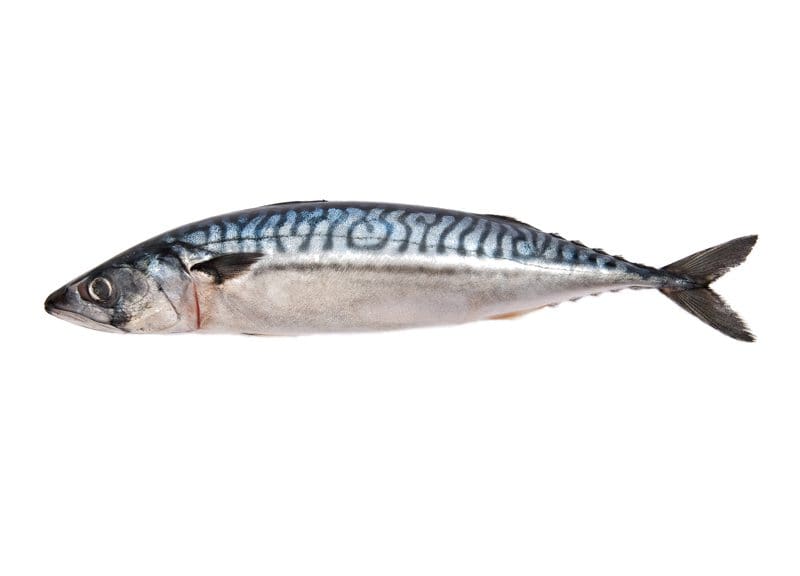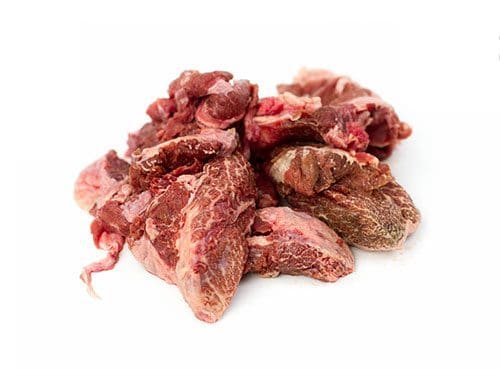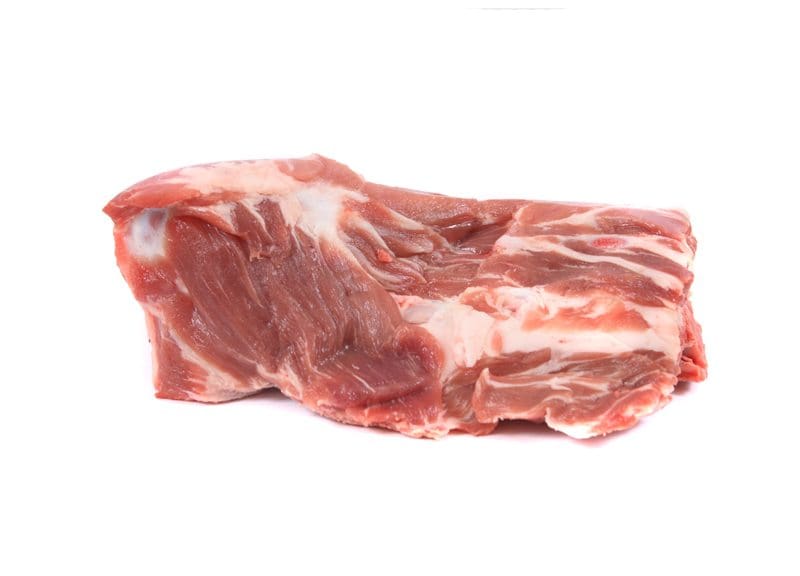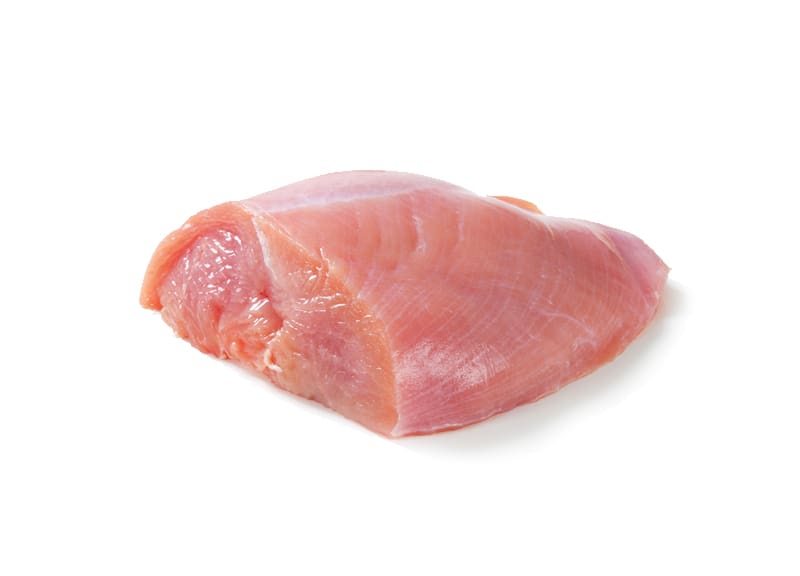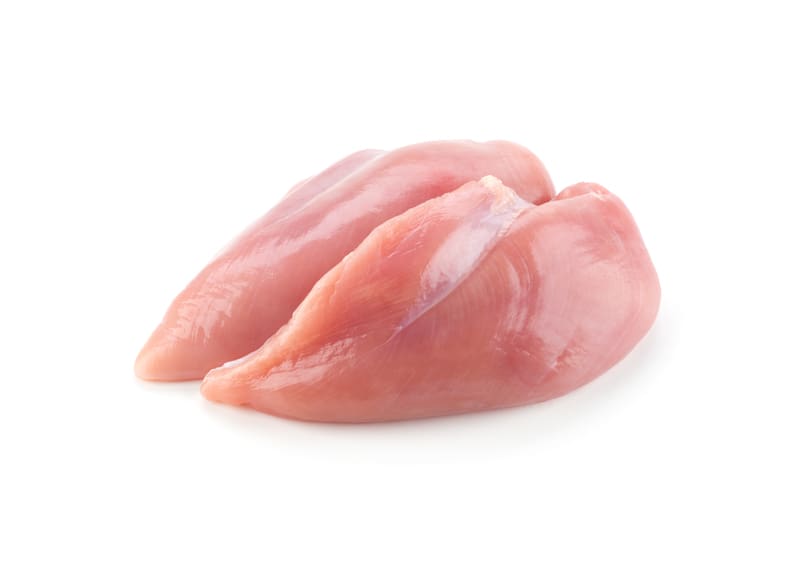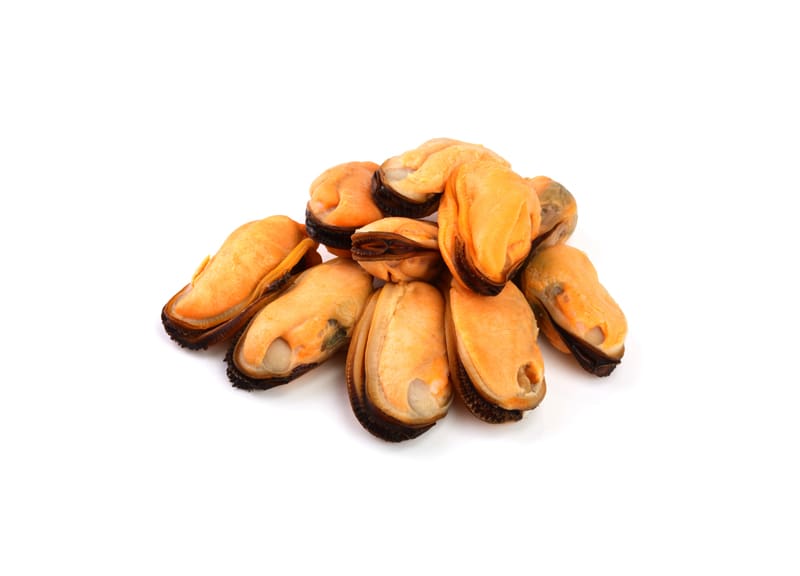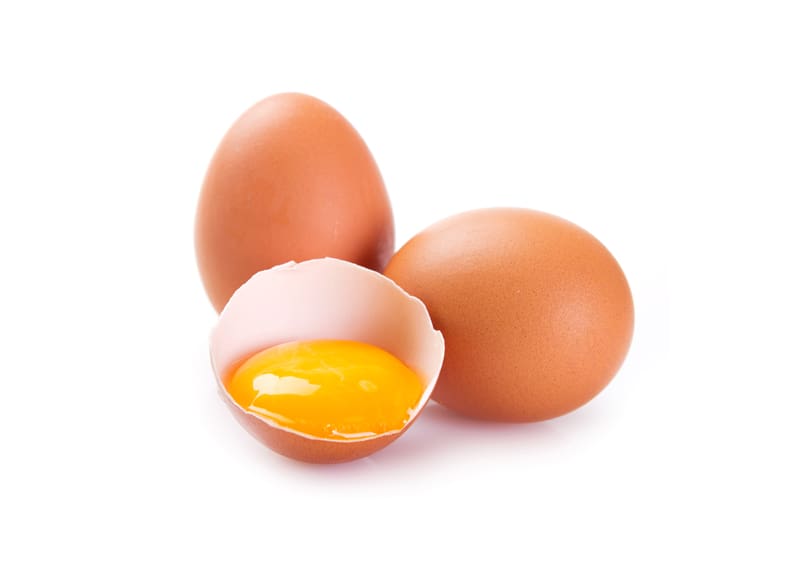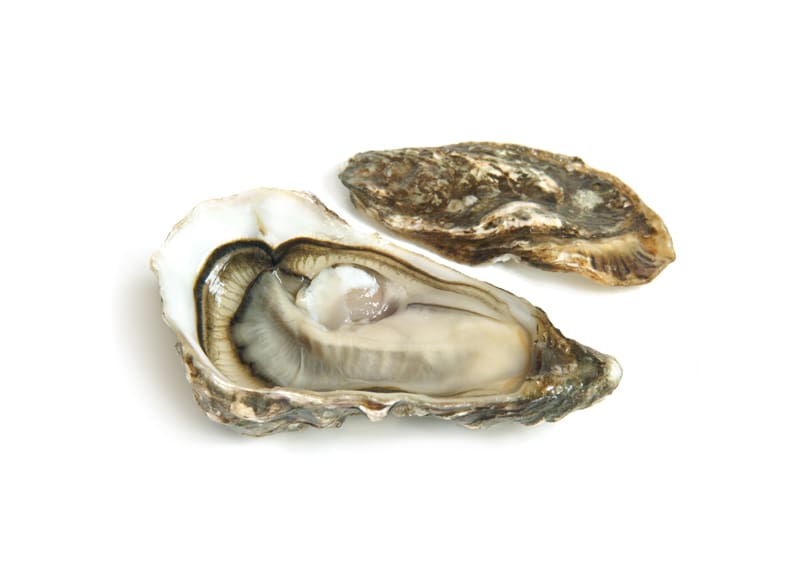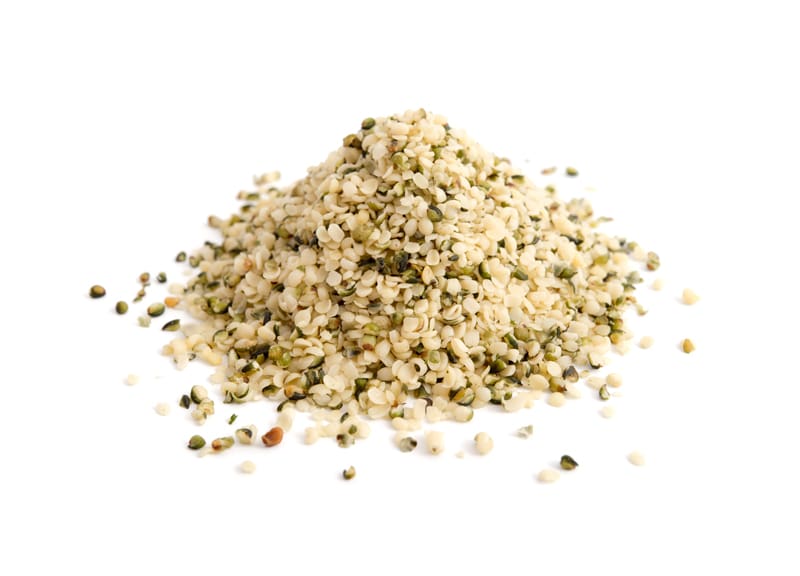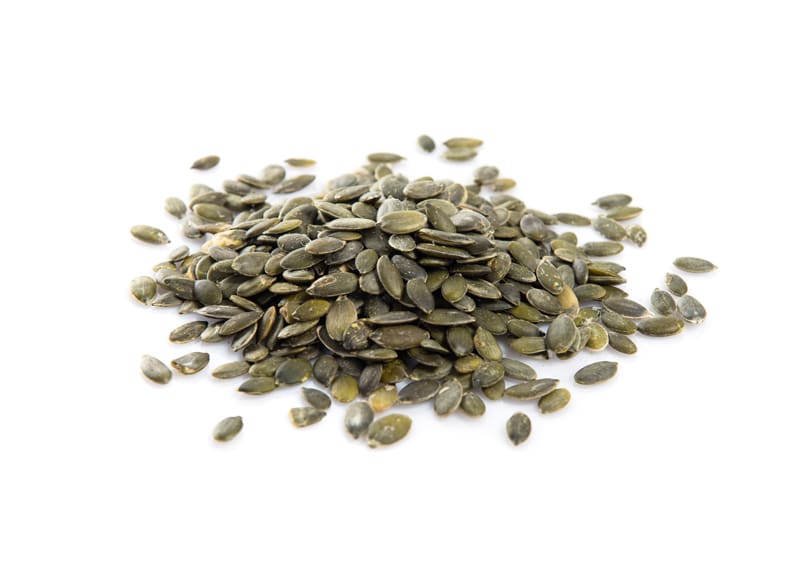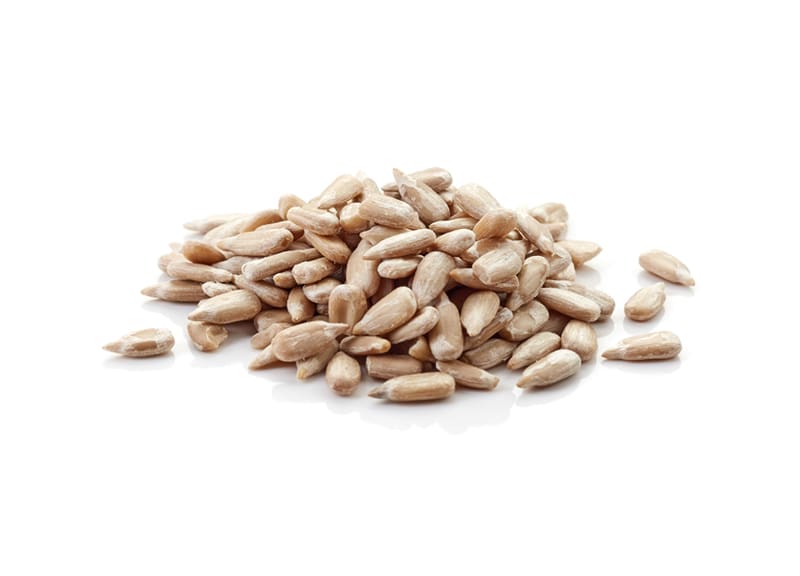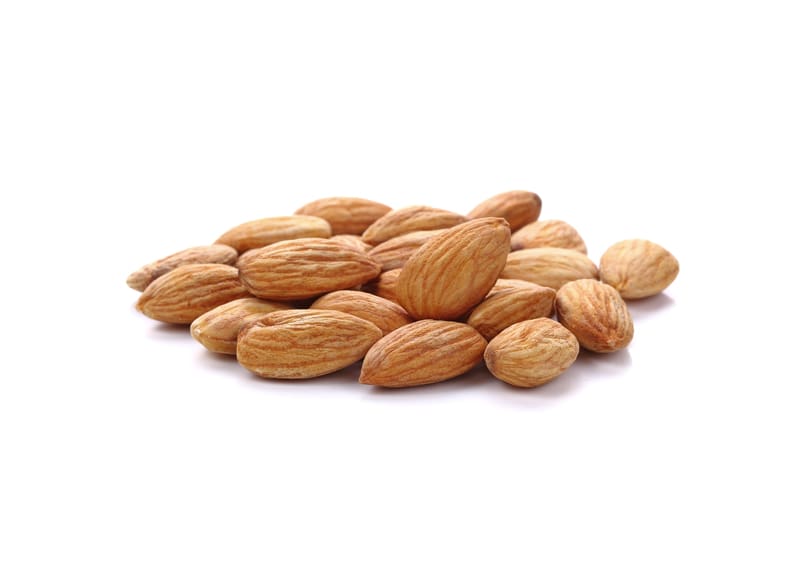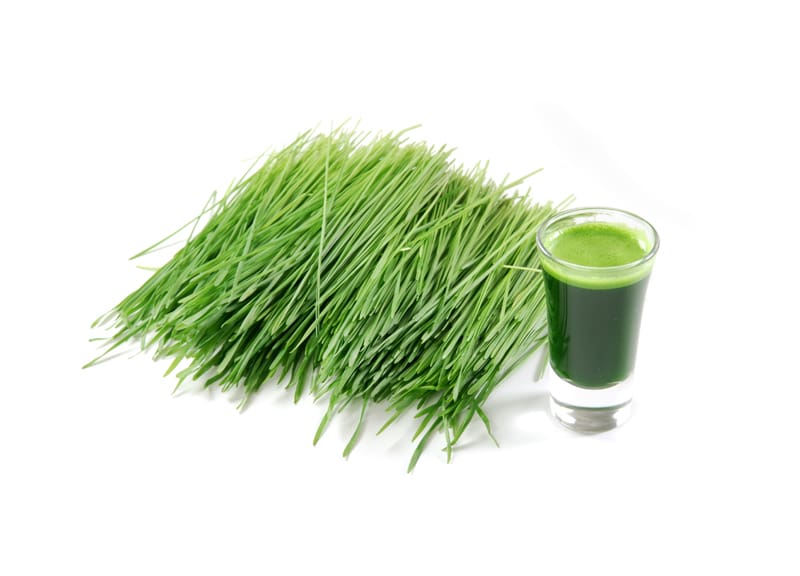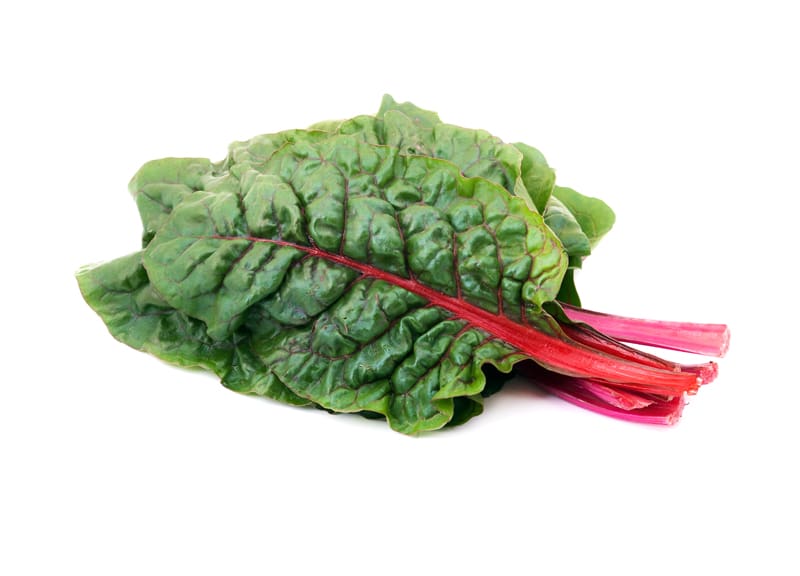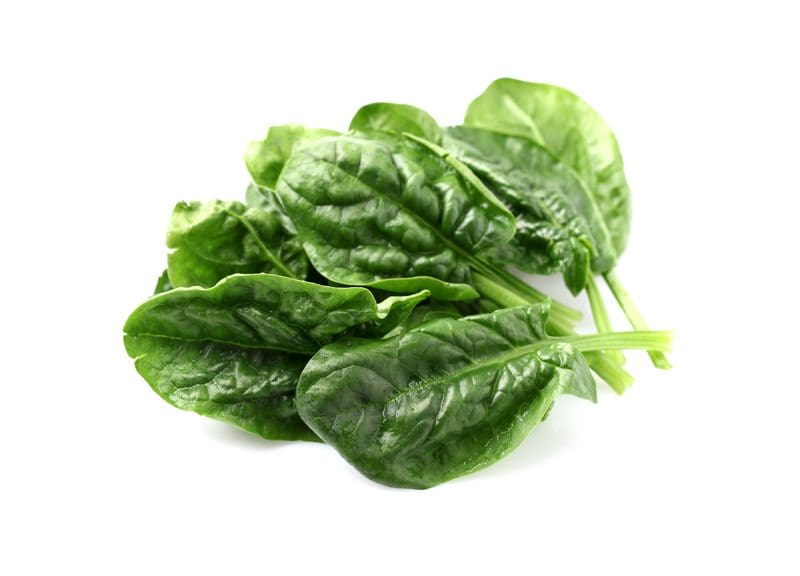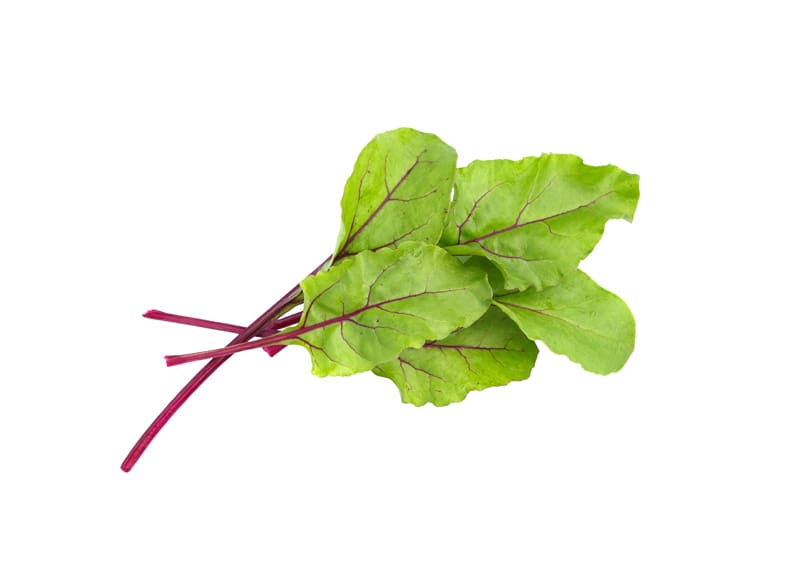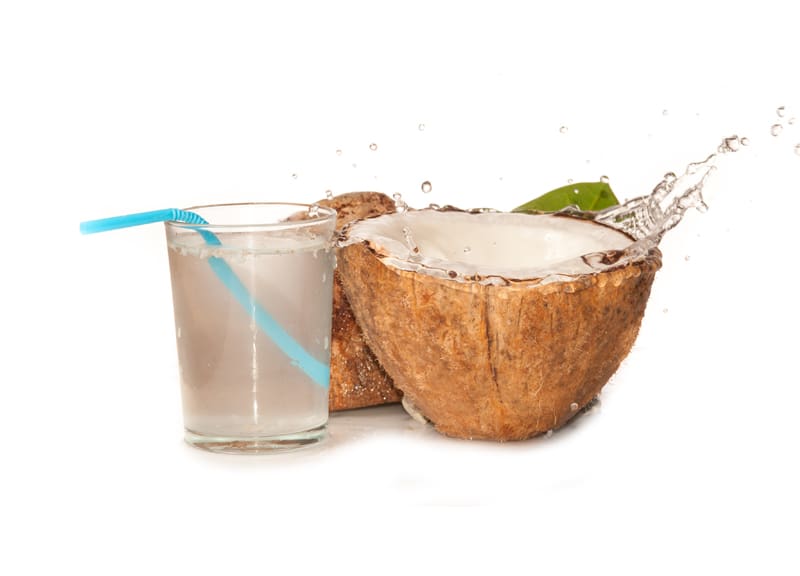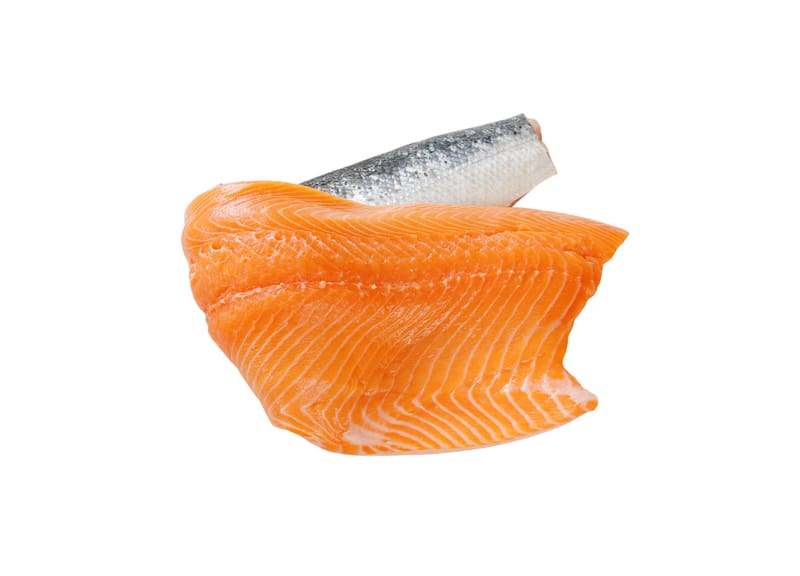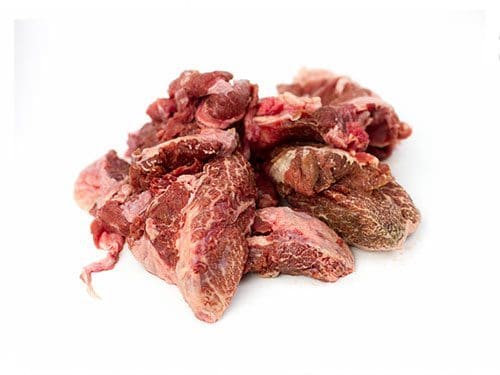Minerals are inorganic substances found within food and are found in macro (large) and micro (small) quantities. The six essential macrominerals include calcium, phosphorus, sodium, chloride, magnesium, and potassium. These minerals cannot be synthesized in quantities sufficient to support normal physiologic function and must be supplied within the diet.
The information provided below is based on a healthy canine or feline and recommended allowances (RA) will vary on physiological state. Requirements for essential macrominerals depend on growth, lactation, pregnancy, medical conditions, and nutrient interactions within the diet.
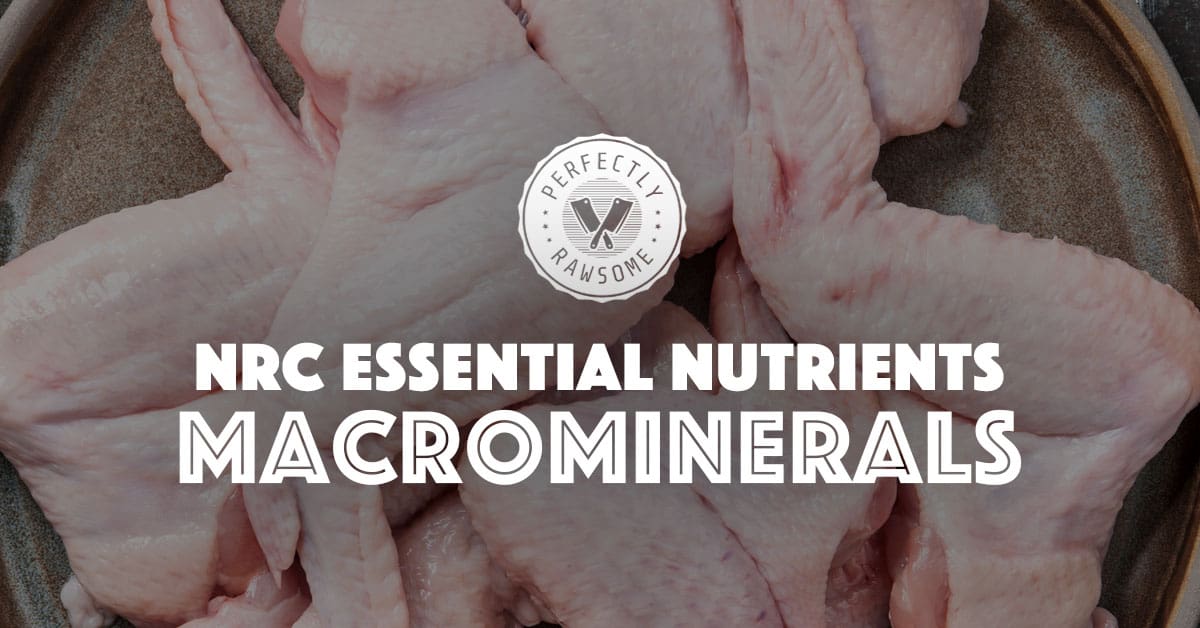
Calcium
Calcium plays a major role in the structural components of bones and teeth, as well as functions as an ion reservoir. Additionally, calcium enables cells to respond to hormones and neurotransmitters.
The National Research Council (NRC) for dogs and cats provides minimum and recommended amounts for calcium per 1000kcal:
Adult Dogs
0.5g minimum allowance
1g recommended allowance
Puppies
2g minimum allowance
3g recommended allowance
18 maximum allowance
Adult Cats
0.4g minimum allowance
0.72g recommended allowance
Kittens
1.3g minimum allowance
2g recommended allowance
Raw meaty bones are the main source of calcium in raw diets. Smaller amounts of calcium are found in dairy and vegetables, but are not reliable sources to meet recommended allowances.
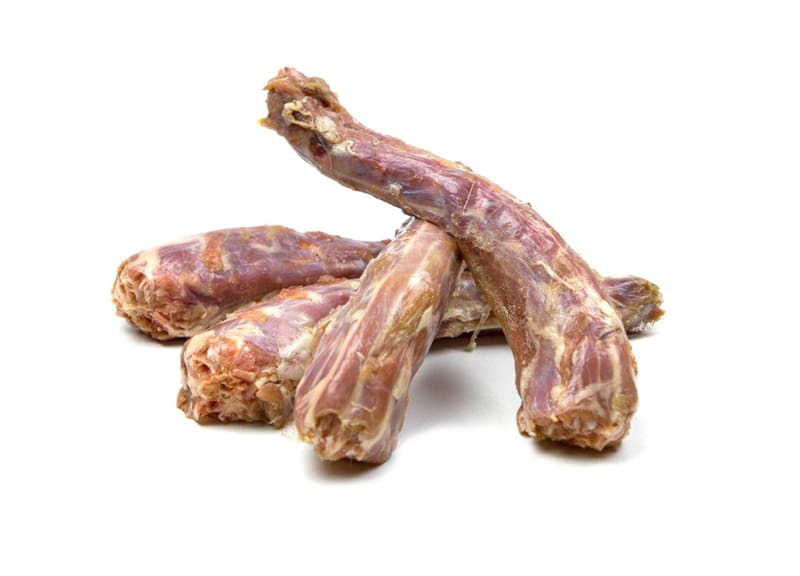
2. Turkey Neck
1oz (28g): 0.52g
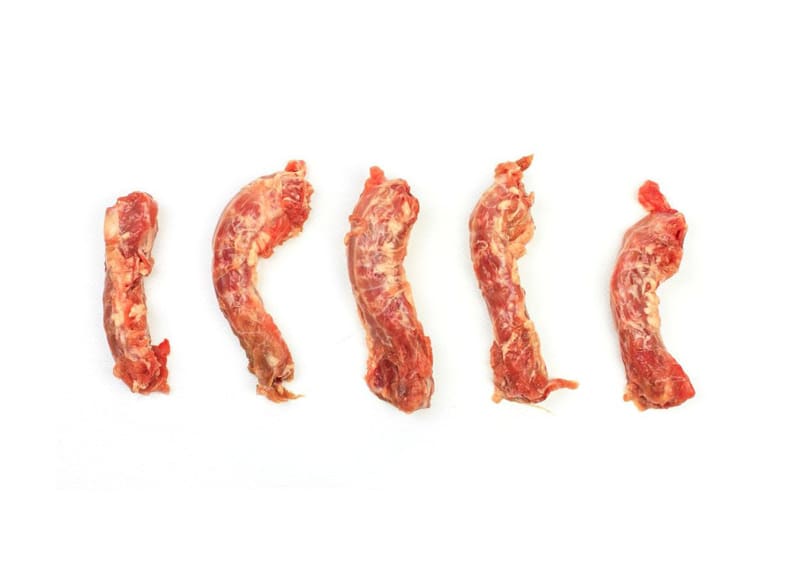
3. Chicken Neck
1oz (28g): 0.32g
Each raw meaty bone varies in bone percentage and calcium content. According to the USDA Food Database nutritional analysis, raw meaty bones are not common and the bone refuse is listed instead of the calcium content.
Phosphorus
Adult Dogs
0.5g minimum allowance
0.75g recommended allowance
Puppies
2.5g recommended allowance
Adult Cats
0.35g minimum allowance
0.64g recommended allowance
Kittens
1.2g minimum allowance
1.8g recommended allowance
Phosphorus is abundant in raw meat, fatty fish, and organs, whereas there are minimal amounts in plant-based ingredients. Animal-based ingredients include bioavailable forms of phosphorus where the phosphorus from plants has significantly lower absorption rates in contrast.
Sodium & Chloride
Sodium chloride is a naturally occurring ionic compound with a 1:1 ratio of sodium to chloride ions. These minerals play a vital role in maintaining osmotic pressure, regulating acid-base equilibrium, transmitting nerve impulses, and transmitting muscle contractions.
The National Research Council (NRC) for dogs and cats provides minimum and recommended amounts for sodium per 1000kcal:
Adult Dogs
75mg minimum allowance
200mg recommended allowance
Puppies
550mg recommended allowance
Adult Cats
160mg minimum allowance
170mg recommended allowance
Kittens
310mg minimum allowance
350mg recommended allowance
The National Research Council (NRC) for dogs and cats provides minimum and recommended amounts for chloride per 1000kcal:
Adult Dogs
300mg recommended allowance
Puppies
720mg recommended allowance
Adult Cats
240mg recommended allowance
Kittens
190mg minimum allowance
225mg recommended allowance
Sodium chloride is responsible for the salinity of seawater and of the extracellular fluid of many multicellular organisms. It is naturally occurring in all foods and easily met in raw diets without the need for careful calculations to fulfill recommended allowances. However, sodium levels are naturally higher in seafood, shellfish, and eggs.
Always check the label of raw products before purchasing. Ensure grocery store meats are 100mg sodium per 4oz (114g) serving size or do not have any added salt in the ingredients. Maintaining sodium under 100mg ensures the raw meat is not injected with seasonings, preservatives, and nitrates.
Magnesium
Magnesium is the third largest mineral within bone and is involved in the metabolism of carbohydrates and fats. Additionally, magnesium acts as a catalyst for a wide array of enzymes, required for cellular oxidation, a catalyst for most phosphate transfers, and influences neuromuscular activity.
The National Research Council (NRC) for dogs and cats provides minimum and recommended amounts for magnesium per 1000kcal:
Adult Dogs
45mg minimum allowance 150mg recommended allowance
Puppies
100mg recommended allowance
Adult Cats
50mg minimum allowance
100mg recommended allowance
Kittens
40mg minimum allowance
100mg recommended allowance
The highest concentration of magnesium is found in raw seeds and nuts. To a lesser degree, magnesium is found in leafy greens, fatty fish, and muscle meats.
Including raw seeds and nuts with leafy greens in a BARF raw diet will provide sufficient amounts of magnesium.
Potassium
Potassium is essential to maintain acid-base balance, osmotic balance, transmit nerve impulses, facilitate muscle contractions, and serve as a cofactor in multiple enzyme systems.
The National Research Council (NRC) for dogs and cats provides minimum and recommended amounts for potassium per 1000kcal:
Adult Dogs
1g recommended allowance
Puppies
1.1g recommended allowance
Adult Cats
1.3g recommended allowance
Kittens
0.67g minimum allowance
1g recommended allowance
A raw diet is abundant in raw meat, which will provide sufficient amounts of potassium. However, for diets that need more potassium to meet recommended allowances, the addition of leafy greens and fish proves beneficial.
CLOSING COMMENTS
Overall, raw diets supply sufficient amounts of macrominerals needed to support optimal health with exception to a couple of minerals. Calcium and magnesium are two macrominerals that can be deficient in home-prepared raw diets if the appropriate foods are not fed.
Raw diets without raw meaty bones (whole or ground) will be severely deficient in calcium and phosphorus. If raw meaty bones are not fed, a calcium supplement, such as calcium carbonate or bone meal, is necessary to supply essential calcium.
In addition to calcium, raw diets can be lacking in magnesium if leafy greens, seeds, nuts, and fish are not fed frequently. However, a raw diet following BARF guidelines will provide these essential nutrients through whole foods.


